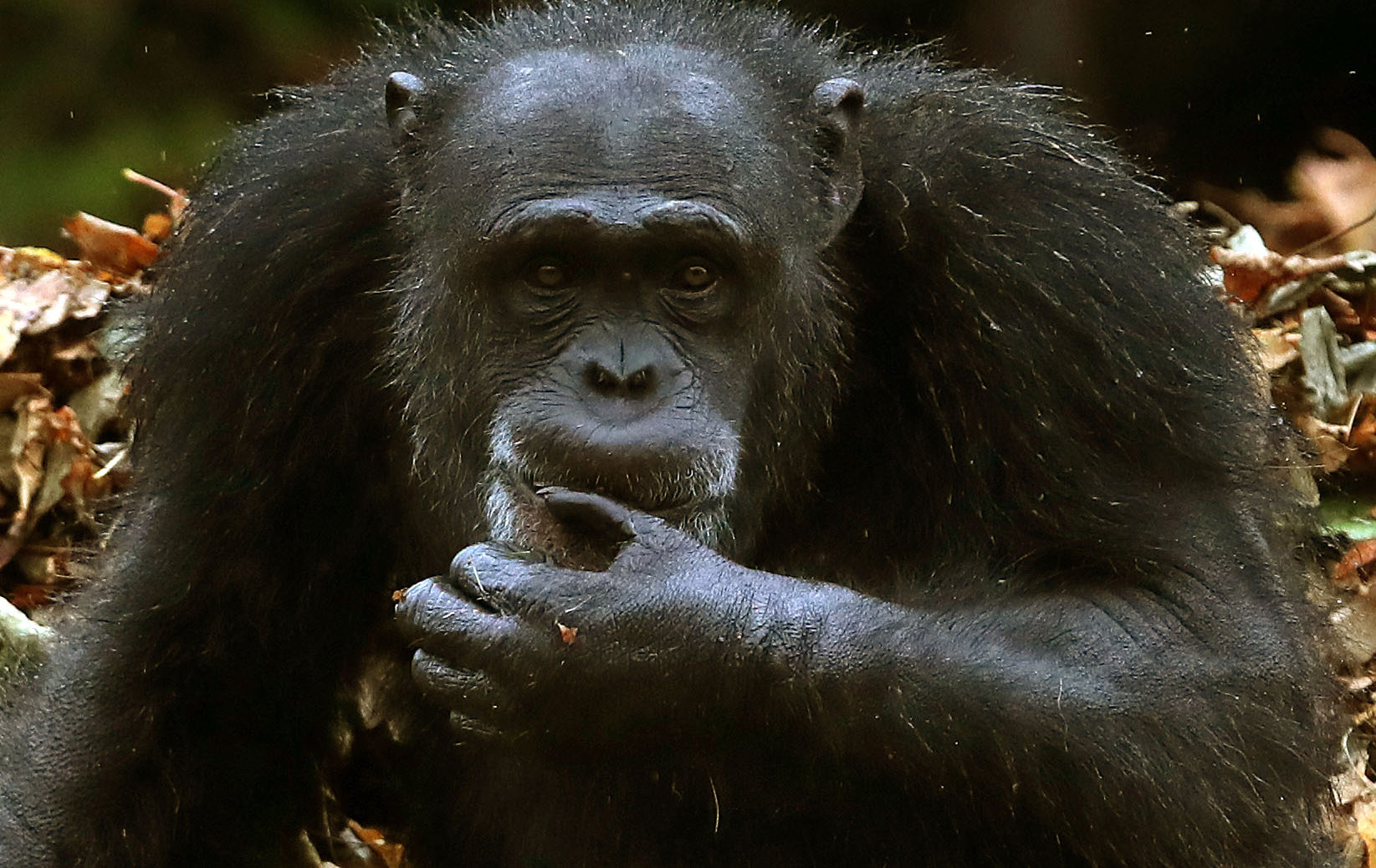
CHIMPANZEE sign language apes the way humans communicate, research has shown.
The primates employ gestures that follow some of the same rules intrinsic to human language, scientists have learned.
Experts made the discovery after studying videos of wild chimps living in Uganda’s Budongo Forest Reserve.
Like other great apes, chimpanzees lack the ability to speak.
However, they make use of meaningful gestures, much like deaf people “signing” to each other.
The study found that chimp gestures are underpinned by mathematical patterns, or linguistic laws, similar to those seen in human language.
The team from the University of Roehampton focused on two particular rules known to apply across the board of human languages.
One was Zipf’s law of abbreviation, which predicts that more commonly used words tend to be shorter.
The other was Menzerath’s law, which predicts that larger linguistic structures are made up of shorter parts.
In the case of spoken language, this translates to longer words consisting of shorter syllables.
The scientists analysed more than 2,000 of around 58 different types of “play” gesture employed by the Budongo Forest chimps.
They found that, as predicted by the two linguistic laws, more frequently used gestures were shorter in duration, and longer signing sequences were made up of shorter gesture “syllables”.
Lead researcher Raphaela Heesen said: “Primate gestural communication is, of course, very different to human language, but our results show that these two systems are underpinned by the same mathematical principles.
“We hope that our work will pave the way for similar studies, to see quite how widespread these laws might be across the animal kingdom.”
As well as using hand and foot gestures, chimps communicate with noises, body postures and facial expressions.
Research published in September last year showed that chimps and human toddlers employ similar stamping, pointing, and clapping tactics to get attention.
The latest findings appear in the journal Proceedings of the Royal Society B.

Enjoy the convenience of having The Sunday Post delivered as a digital ePaper straight to your smartphone, tablet or computer.
Subscribe for only £5.49 a month and enjoy all the benefits of the printed paper as a digital replica.
Subscribe